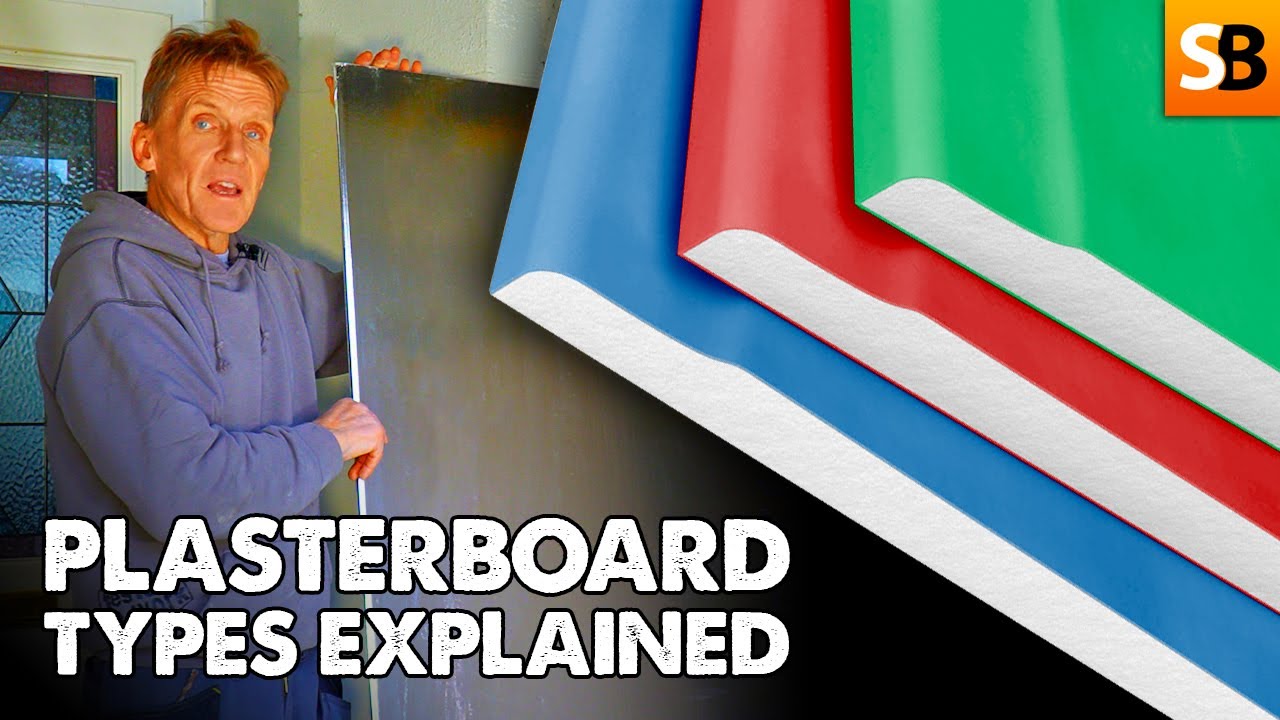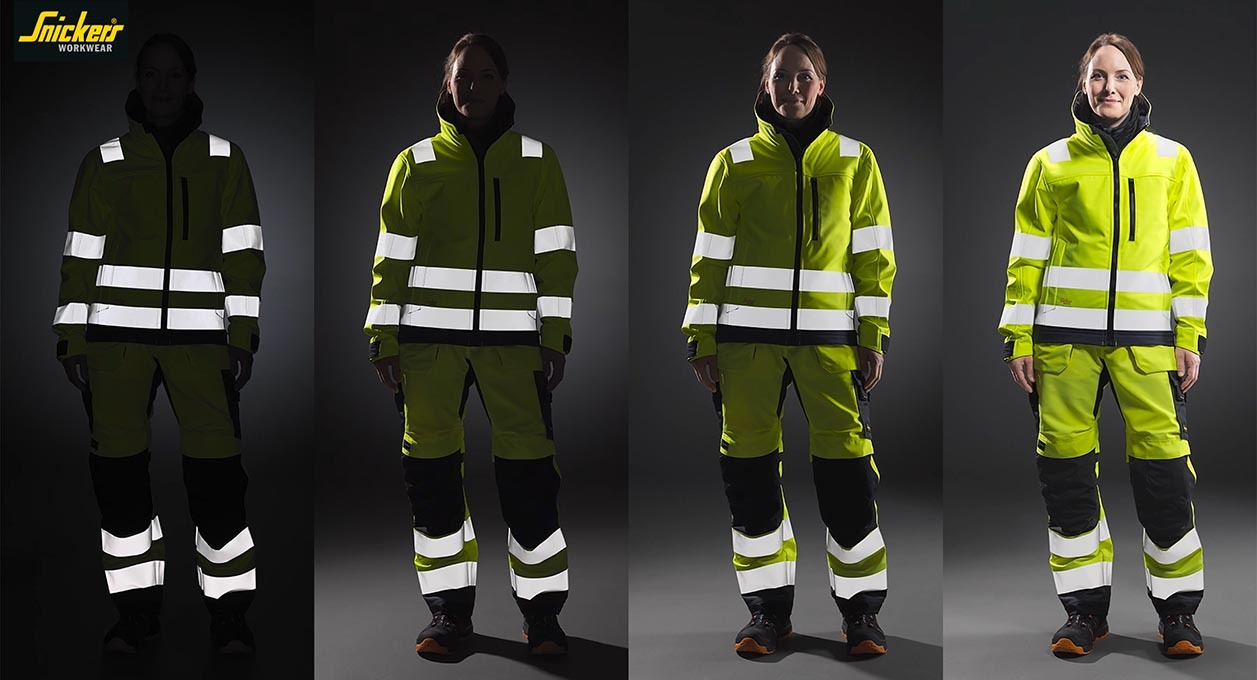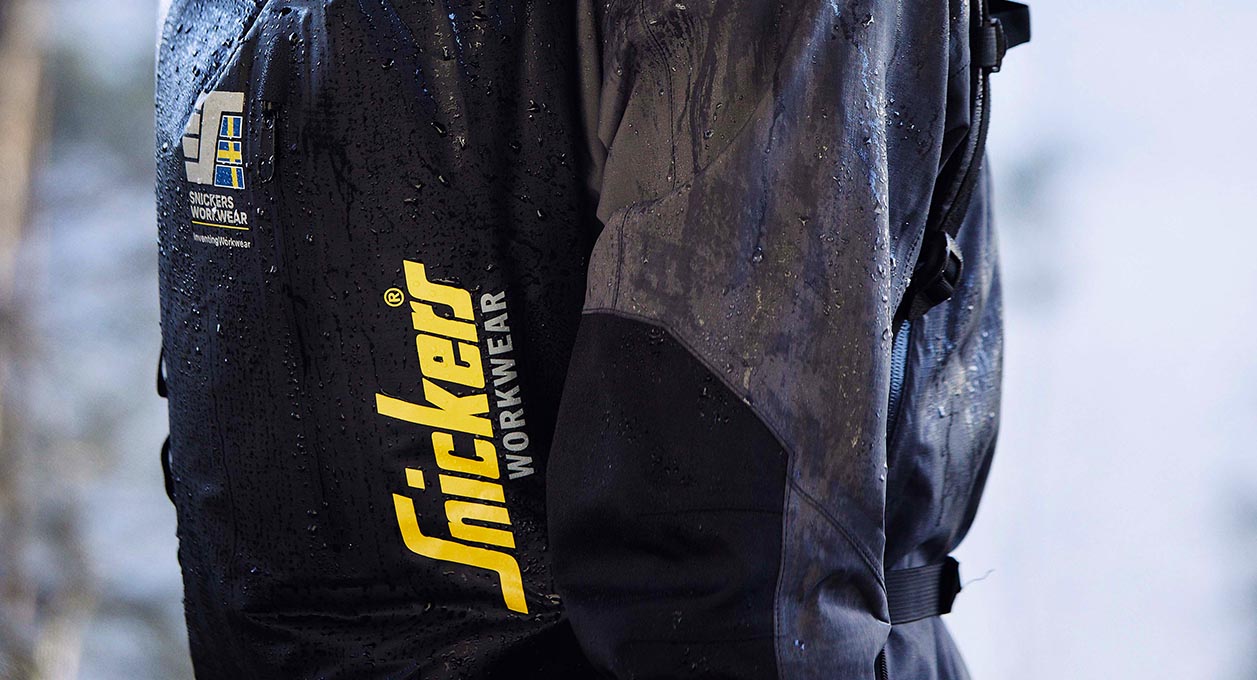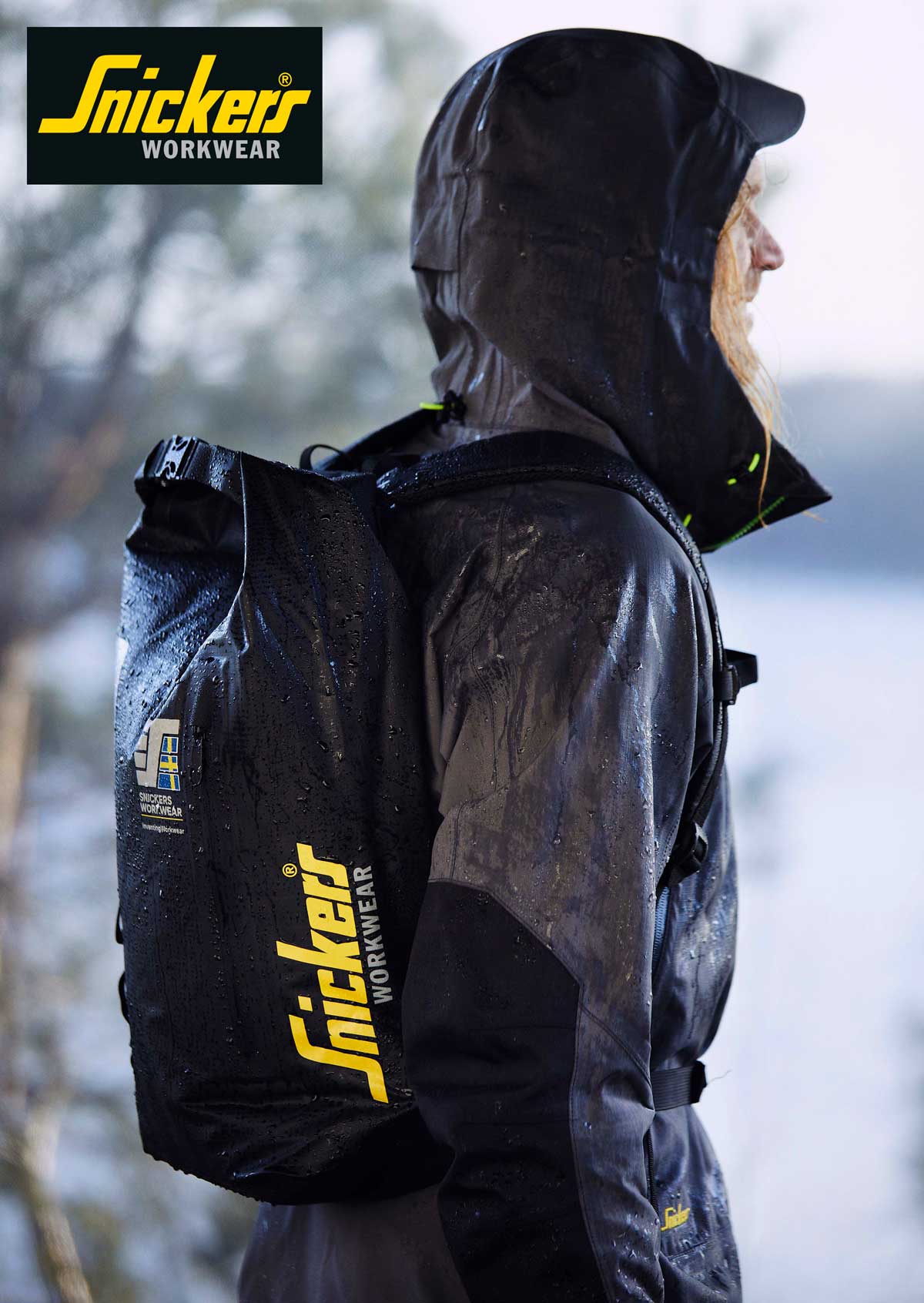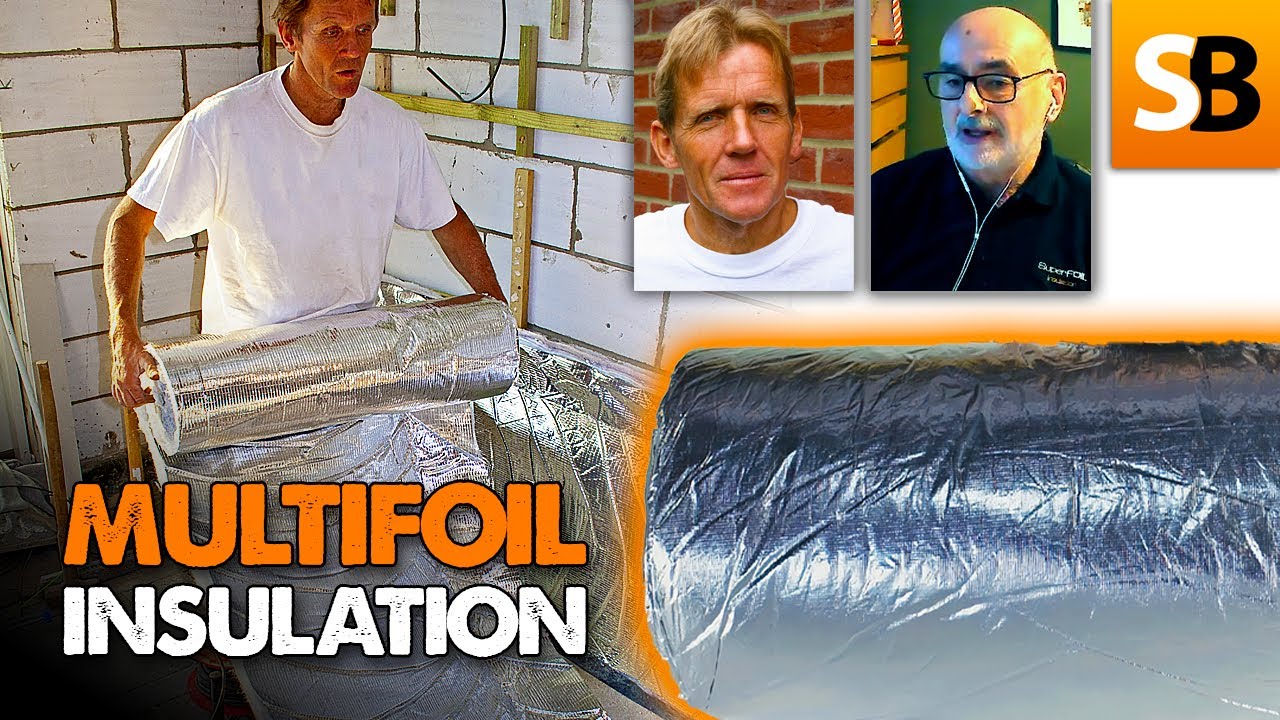The benefits of multifoil insulation
Byron Lawson from SuperFOIL explains…
🔗 https://www.superfoil.co.uk
Multifoils explained — FAQ from PBC Today
So how does multifoil insulation work?
It’s not magic but multifoil insulation controls the three mechanisms of heat transfer; radiation, conduction and convection. The low emissivity outer layers reflect up to 95% of infra-red radiation back into the house and prevent the house from emitting infrared radiation to the outside. At the same time, the fibrous insulation core reduces heat loss through conduction and convection.
Multifoil insulation also controls air and vapour movement and as the product is installed across rafters or timber studs it acts as a thermal break and reduces continuous cold bridging.
How is this different to traditional insulation?
Rigid board and fibre insulation are both good at controlling heat loss, but that is all they do.
They don’t control air movement and they don’t control water vapour. By controlling heat, air and vapour movement in one, multifoils address all the needs of the building.
Are multifoils accepted by building control?
LABC has embraced the correct use of multifoil insulation and a number of products, including PhotonAir and PhotonFoil, have been registered within the LABC Registered Detail scheme ensuring their acceptance by building control across England and Wales.
Can multifoil insulation meet new build regulations on its own?
No. There is no multifoil product that will meet current new-build regulations by itself – all will need to be used with additional insulation, for example, PhotonFoil with 65mm PIR will achieve a U-value of 0.18 W/m2.K in a pitched roof.
In refurbishment projects requiring different U-values, there may be situations where multifoil insulation is accepted as an upgrade as a single layer. Here, where the standard is not technically, functionally or economically feasible, the thermal element should be upgraded to the best standards achievable – delivering a simple payback of no greater than 15 years. Generally, this lesser standard should not be worse than 0.7w/m2.k. PhotonAir (an insulating breather membrane) can achieve a U-value of 0.60 in 75mm rafter at 400mm spacing.
It is advisable in these circumstances to consult with your local building control officer.
What goes on the warm side/cold side?
Vapour barrier multifoils, such as PhotonFoil will go on the inside of a roof while breathable products, such as PhotonAir, will go on the outside of a building. In simple terms, it’s about preventing water vapour from getting into the cavity, but, if it does, it needs a mechanism to escape or it runs the risk of developing harmful condensation.
Remember, vapour barrier on the warm side, breathable on the cold side.
Why do I need airgaps and what is optimum?
Airgaps are needed for thermal performance and the optimum is 20mm but it can be less with a small reduction in the R-value.
Do airgaps need to be ventilated to reduce condensation risk?
No, they should be unventilated or the thermal benefit won’t be achieved. All our accepted solutions have condensation risk analysis so they can be used with confidence. Again remember the rule: vapour barrier on the warm side, breathable on the cold side.
If I only have one airgap does this give me a condensation risk?
No, it doesn’t but it will drop the thermal performance. All PhotonFoil and PhotonAir Registered Details have been independently assessed by LABC to ensure they deliver the necessary thermal performance.
What batten sizes do I need?
The Photon range, being 33mm thick, needs a 38mm batten to provide the optimum air gap. Thicker products do however need bigger battens to achieve the optimum air gap, for example, a 40mm thick multifoil typically needs a 50mm batten and 50mm thick multifoil a 70mm batten!
For anything thicker than this then the question is `is it practical or really space-saving?’.
See the full article here: https://www.pbctoday.co.uk/news/energy-news/multifoils-explained/22073/







